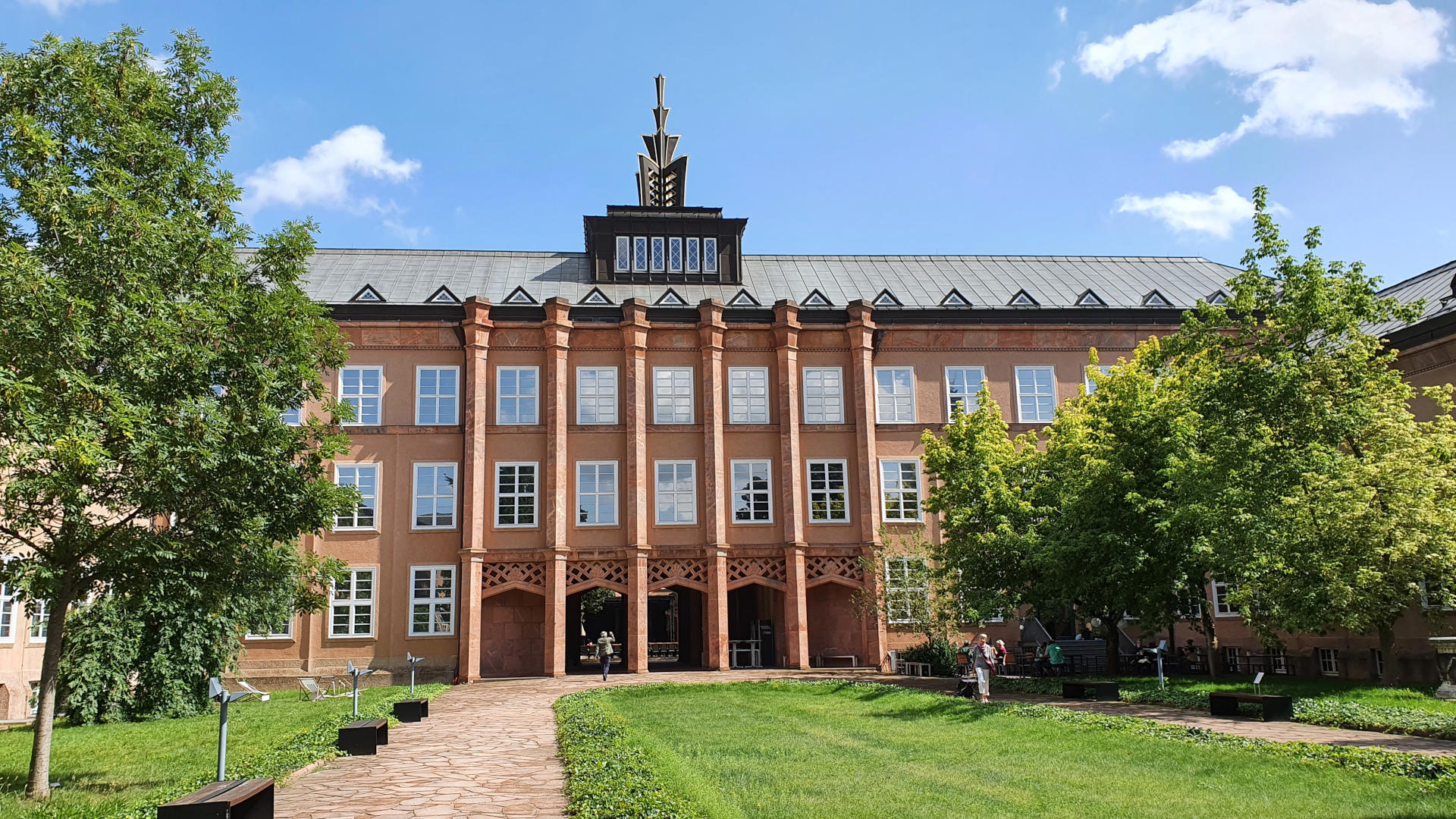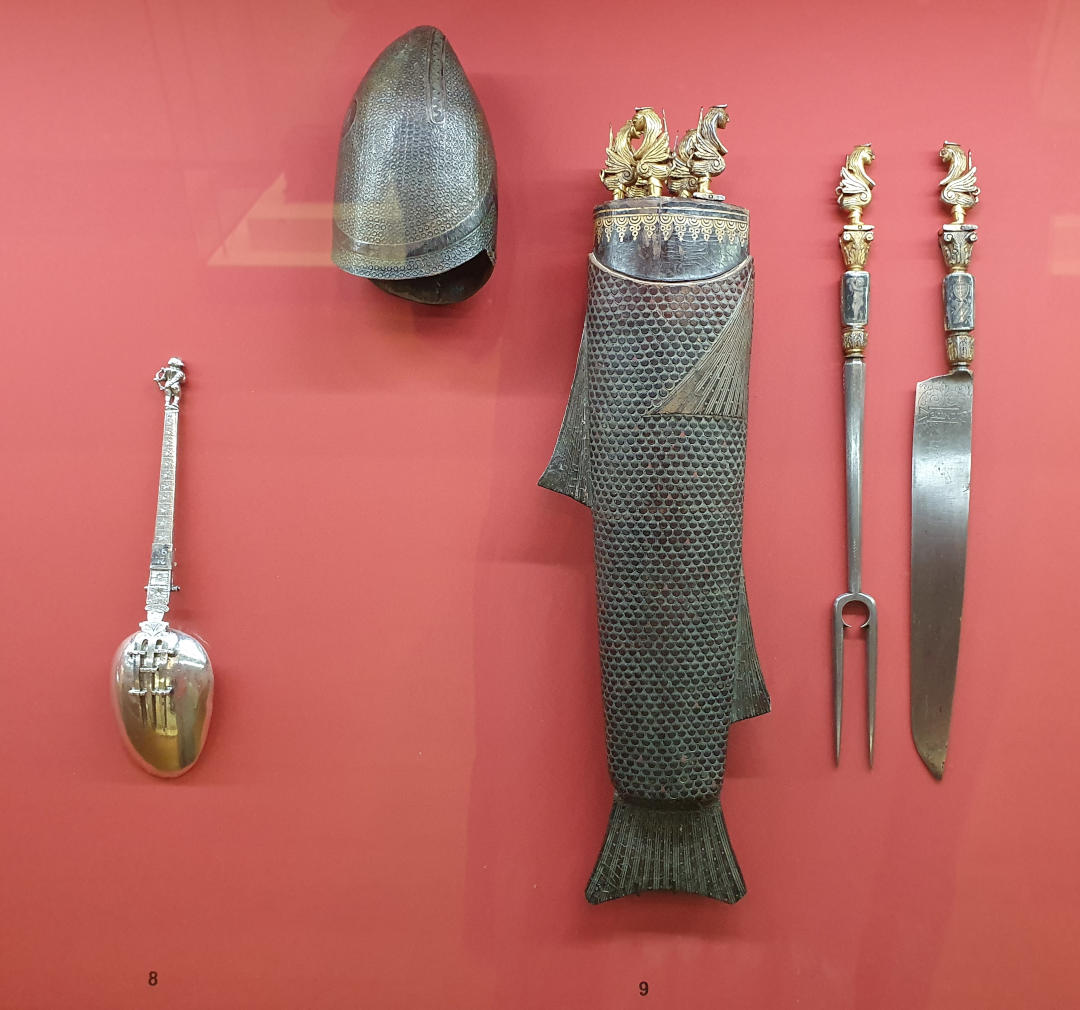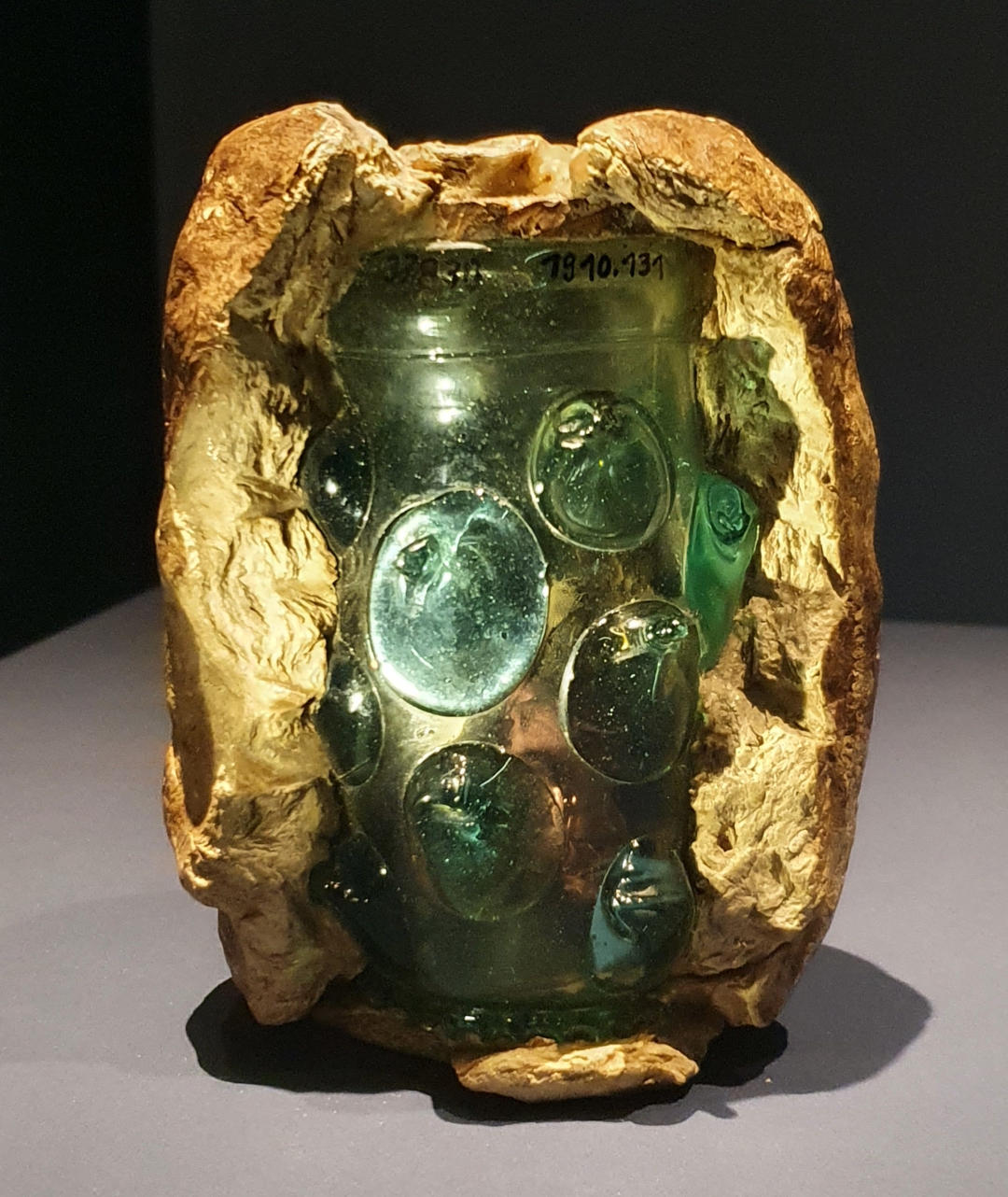Field Trip: Leipzig's GRASSI Museum of Applied Arts (Angewandte Kunst)
This week I took a field trip to Leipzig to see the GRASSI Museum of Applied Arts (Museum für angewandte Kunst). It was a lovely outing. The museum has beautiful grounds with a relaxing atmosphere, the personnel was wonderfully friendly, and the museum objects were truly astounding. I found a lot of new favorites among them! (Some are below and more will be on Instagram.)
Although I really enjoyed my time in the museum, I have some reservations about the way the objects are shown. To explain this will require a teeny-weeny art historical introduction. Yay learning!
A teeny-weeny introduction
The term “applied arts,” included in the name of this museum and many others, refers to objects that were “applied” or “used” in some way, as opposed to objects considered “fine art” like sculpture and painting, supposedly with no use other than bein’ purdy. This distinction was made by early art historians, but is not terribly logical… If you think about it, you “use” a painting for some purpose (aesthetic enjoyment, edification, making money, showing off) just as you use a painted jewelry box to hold jewelry, as well as for aesthetic enjoyment. And how about cloth, usually classified as applied art rather than art? Yet is a lace collar really “applied”? Does it function in some way other than the visual? Hardly, I would say. “Use” is more of a spectrum than a clear all-or-nothing division.
We could resolve this illogical system of definitions – and its inherent hierarchy, with fine arts at the top and applied arts below – by renaming all of this stuff “material culture.” Material because we can touch it, and culture because it’s made by humans according to certain learned traditions. Voila, problem solved!
So what about GRASSI?
Of course, the GRASSI Museum inherited its name from the longstanding tradition that put applied arts into their own category, and that’s fine. What struck me as less fine is that the museum largely ignores the very applied-ness of these arts. If we’re going to have a museum of applied arts, I’d like at least to see how these arts were applied! To neglect that seems like an attempt to put applied arts into the “fine arts” category in which no “use” is expected. Which isn’t even true for fine arts, let alone applied arts (since artworks have always been instruments of power, economics, etc. etc.).
One example is this beautiful jug from an Italian Renaissance pharmacy. Apparently it held “agua de cicorea” – that’s chicory water! The label on the case repeats the letters, but doesn’t translate them or tell us what medicinal uses chicory water had (here’s a study with a great list by country).
Until the Renaissance, a spoon and knife were not set on the table for dining, but brought by every individual for their own use. This set of utensils with a carrying case – in the shape of a fish! – belonged to none other than the great plutocrat patron of Florence, Cosimo de Medici. How amazing is that: the most powerful man in Florence arrived at banquets carrying a fish case? This could have been played up more.
This object is left even more mysterious. It looks super cool, but – what is it?? The label called it an altar sepulcher, but I think I know what both of those words mean and don’t see how either could refer to a glass encased in stone (?). Hmmm.
Glossing over how objects were used allows a toilet bowl to stand in a 19th-century living room display. The common factor is the era rather than the use. The john is elaborately painted and includes the word “salute” or “good health” above the water pipe for flushing. Ha! I think a lot of visitors would find this hilarious and instructive, if the object had a more focused display of its own.
Saving the best for last
The best part of the museum was, for me, the extraordinarily friendly staff and the gorgeous museum grounds. The personnel was eager to help me on my visit, and did so with a friendliness and a smile that I so often miss in Berlin museums. Deck chairs set out in a sunny spot on the grass are another wonderful invitation to the visitors, and I definitely took advantage.
Have you been to a museum of applied art? Share your thoughts in the comments below!






